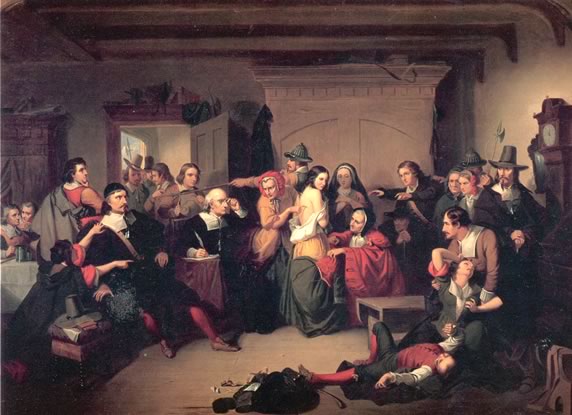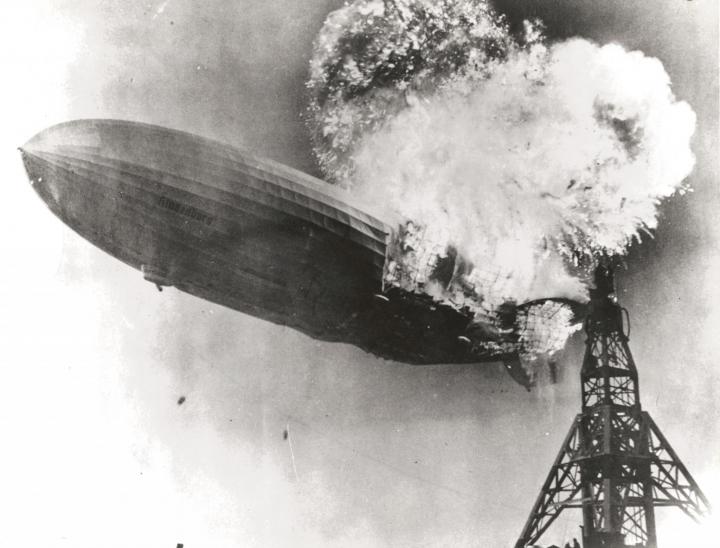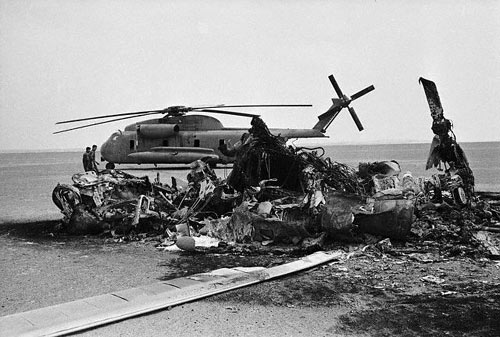
Did you know that the bubonic plague was in part caused by weather? Find out how weather has impacted history!
5 Ways that Weather Shaped the Course of Human Events
ADVERTISEMENT
The Hindenburg was not the only airship disaster. The British R101 crashed earlier (October 1930) in France enroute to India in rough weather - killing more people than the Hindenburg. Interesting fact, Zeppelin bought the salvage of R101 to use the scrap metal to build the Hindenburg.
More than a Haboob was responsible for the failure of the Iranian hostage rescue mission. This was a very complex mission and the military branches involved had inter-service rivalries going on as they all wanted a piece of the glory for a successful rescue operation. In addition the Navy supplied helicopters in less than the best condition, likely having to do with president Carters decision to cut the budget for the military.
I was thinking of the battle of the bulge when reading this article. General Patton was concerned because the weather was terrible for battle. He had a Chaplin prepare a prayer.
The 664th Engineer Topographical Company worked around the clock to reproduce 250,000 cards bearing the prayer for fair weather. They were distributed by December 14. There was fair weather for the next 6 days. This likely was the turning point for the war and victory for the allies.












